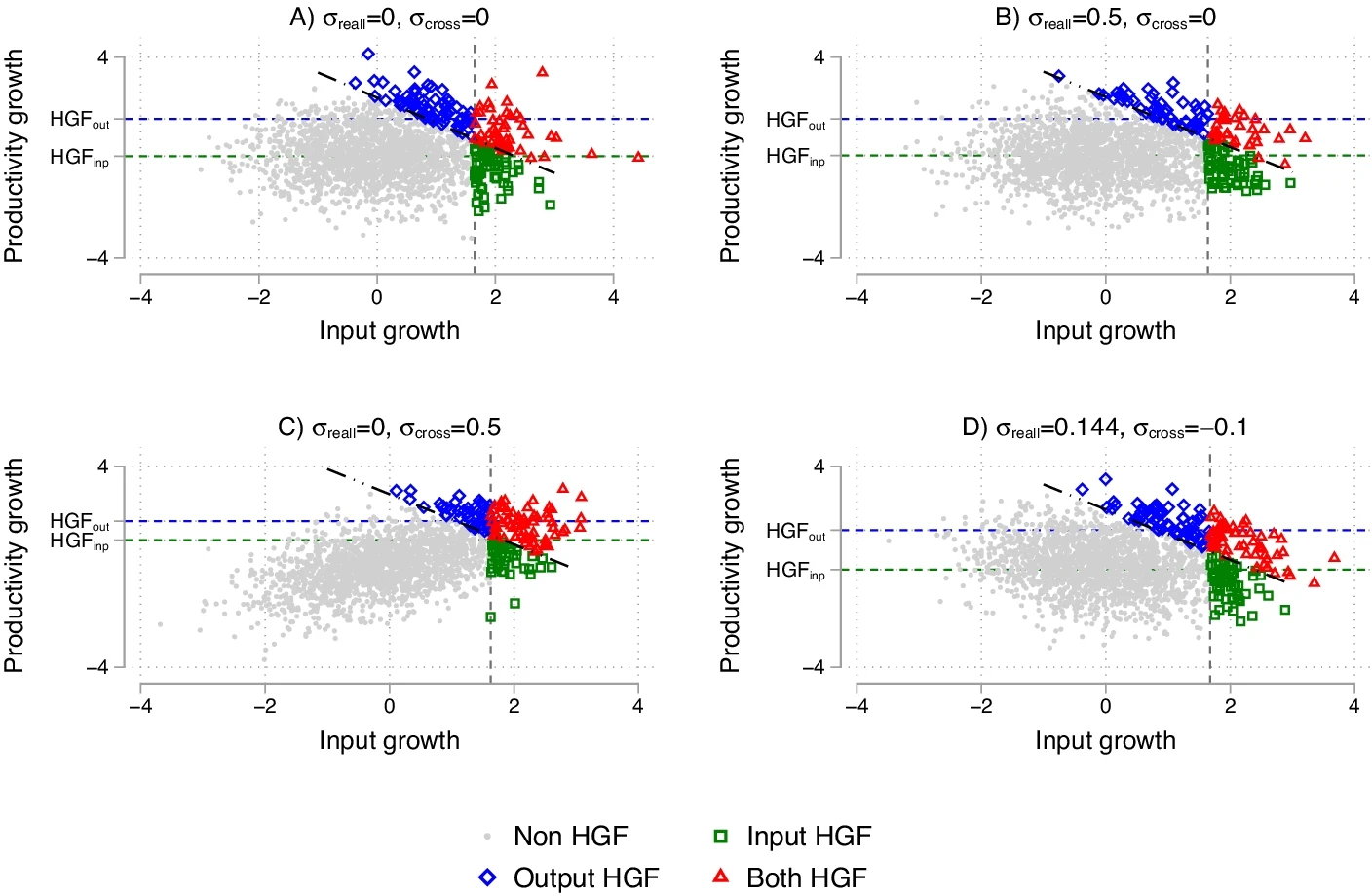High-growth firms’ contribution to aggregate productivity growth
 Márta Bisztray, Francesca de Nicola & Balázs Muraközy
Márta Bisztray, Francesca de Nicola & Balázs Muraközy
Small Business Economics – Open Access – Published:
Abstract
This paper investigates the contribution of high-growth firms (HGFs) to aggregate productivity growth, using Hungarian firm-level data. Three stylized facts emerge. First, output-based HGFs substantially outperform employment-based ones in terms of their productivity contribution: on average, sales-based HGFs contribute 5 times as much as employment-based ones. Further, the contribution of employment-based HGFs is negative in 48-50% of industry-years, compared to 25-31% for sales-based HGFs. Second, HGFs tend to contribute to productivity growth only during their high-growth phase but not afterwards. Third, HGFs’ contribution to productivity growth is higher in industries with more effective reallocation and with more young firms, but none of these are strong predictors of the HGFs’ contribution. Finally, we present a simple benchmark model to show that these patterns arise naturally under realistic correlation structures.
Firms that increase their sales quickly are responsible for a large part of industry-level productivity growth, but only during their high-growth phase. In contrast, firms that increase their employment quickly often experience falling productivity. This paper quantifies the contribution of high-growth firms (HGFs) to industry-level productivity growth, using Hungarian data. We find that i) the contribution depends strongly on the way growth is measured: firms growing in terms of revenue tend to contribute more than firms growing in terms of employment, ii) HGFs contribute to productivity growth mainly through their high-growth period, but not afterwards, iii) these contributions are not strongly associated with industry characteristics, though they tend to be larger in industries with more young firms. Our results are relevant for policymakers who are interested in the productivity effects of HGFs not only job creation, and suggest that expected productivity effects i) depend on the type of high growth, ii) are concentrated to the high-growth period, and iii) might not be enhanced by industry targeting.


